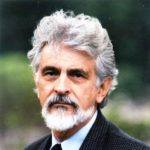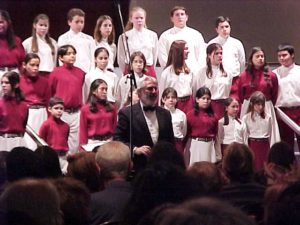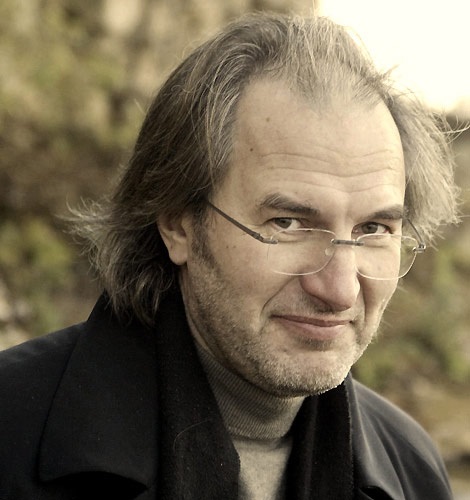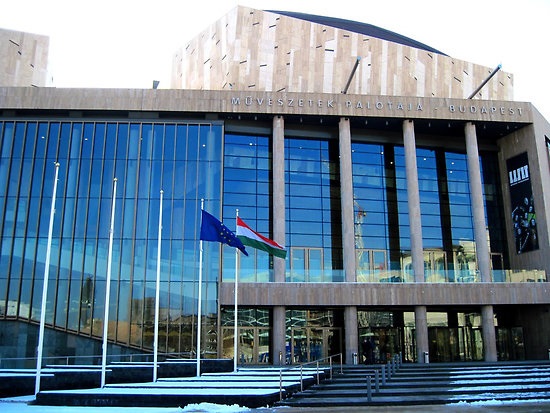Una Mirada a nuestra Historia
Por Ricardo Denegri, Diseñador Industrial. Presidente de la Asociación Argentina para la Música Coral “America Cantat” y de la Organización Federada Argentina de Actividades Corales. Consejero de la FIMC
He pasado parte de m…Read More →
Tõnu Kaljuste Frente al Espejo
Entrevista realizada por Andrea Angelini, Editor de ICB
Conocí a Tõnu Kaljuste en una de las mejores pizzerías de Rimini, donde cenamos junto…Read More →
Se Vive lo que Se Canta – El Nuevo Paisaje Coral de Alemania
Una entrevista sobre „chor.com“ con el Dr. Henning Scherf, Presidente del Deutsche Chorverband
por Graham Lack, Editor Consultor del BCI
Entre el 22 y el 25 de septiembre de este año se celebra…Read More →
Medicina Coral del País Vasco: Javier Busto
Por Cara Tasher, Directora coral y maestra
Javier Busto, consumado médico, compositor y director, compartió conmigo algunas ideas durante el mes de mayo y, para asegurarme de que nuestros lectores reciban la mayoría de la in…Read More →
Hablemos del Método
Ejercicios de precalentamiento
Por Cristian Grases
Antes de analizar la metodología que se aplica al planificar la etapa de precalentamiento, creo que resulta imperioso dedicar algún tiempo …Read More →
Choirs Transforming Our World
A Symposium – 22-23 June, 2012
A part of the 2012 Yale International Choral Festival
Yale University, New Haven, Connecticut, USA
19-23 June, 2012
<...Read More →
El Consejo Internacional de la Música
Reuniones en Hungría – 2011
Por Theodora Pavlovitch, miembro del Comité Ejecutivo de la FIMC
Compartir y aprender: bajo este título el Consejo Internacional de la Música* tuvo su reu…Read More →
CONEXIÓN o PERFECCION: ¿Podemos tener las dos?
Por Tim Seelig, Profesor y director coral
Mucho ha sido escrito sobre la diferencia entre “música por el amor de la música”: Perfección y “la música como un medio para un fin”: Conexión. Du…Read More →












